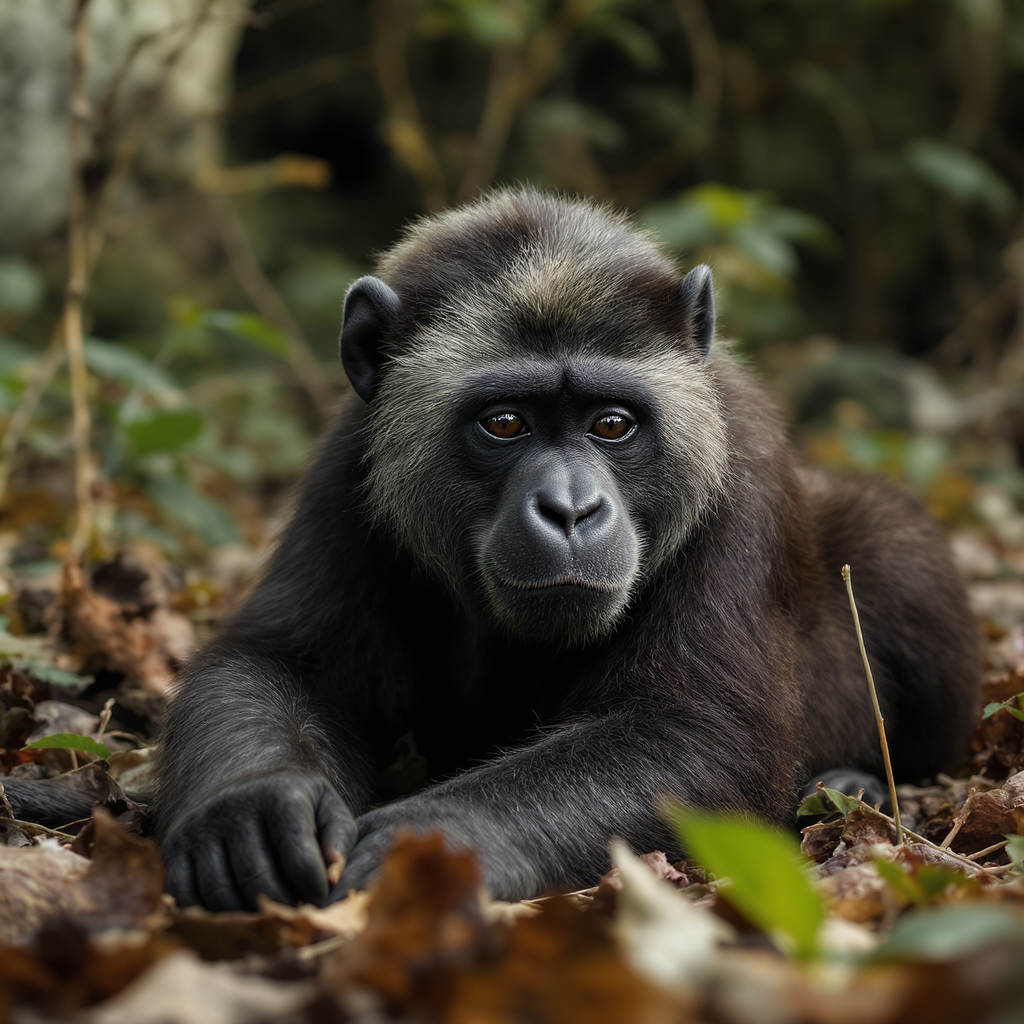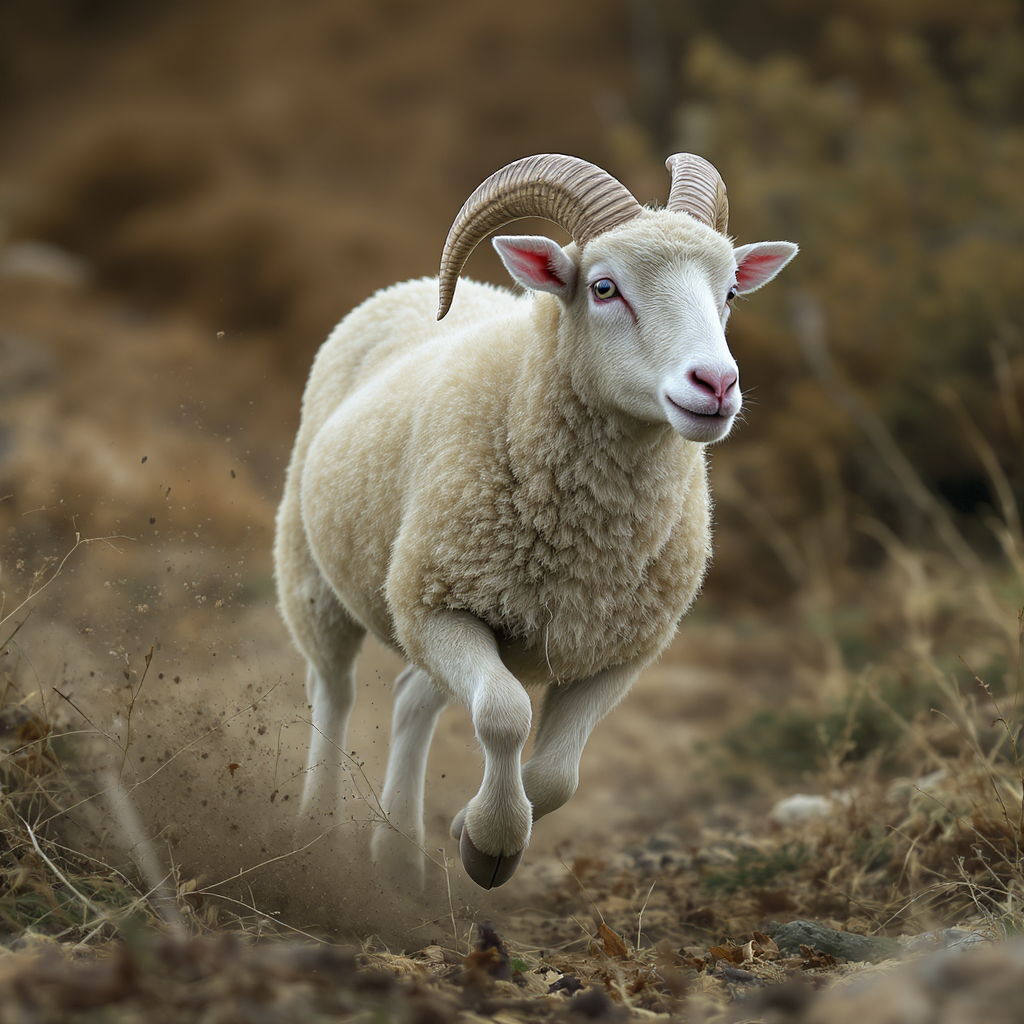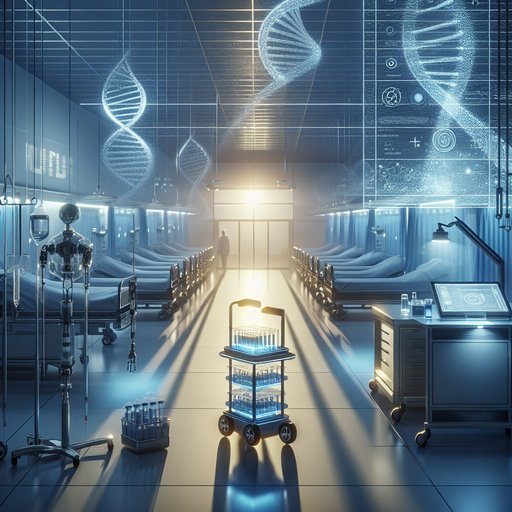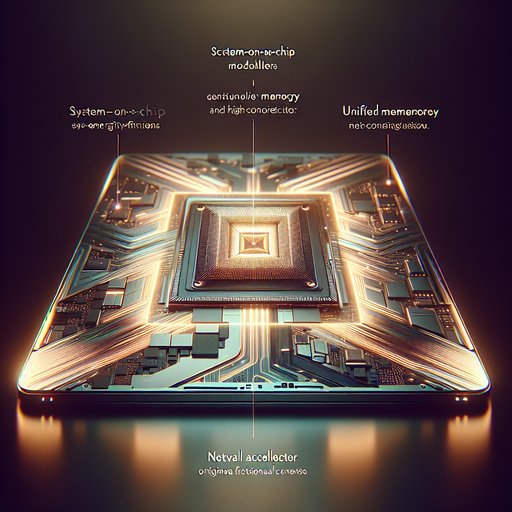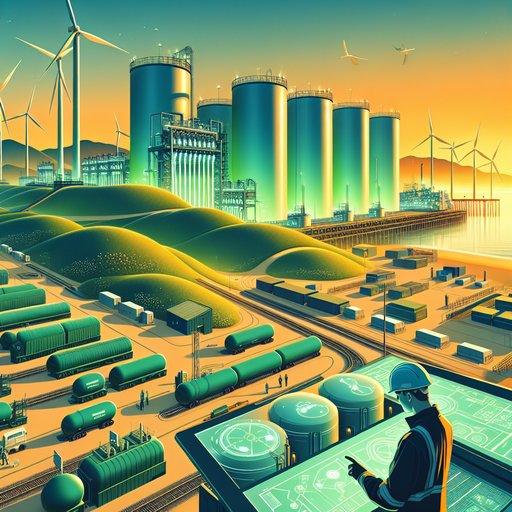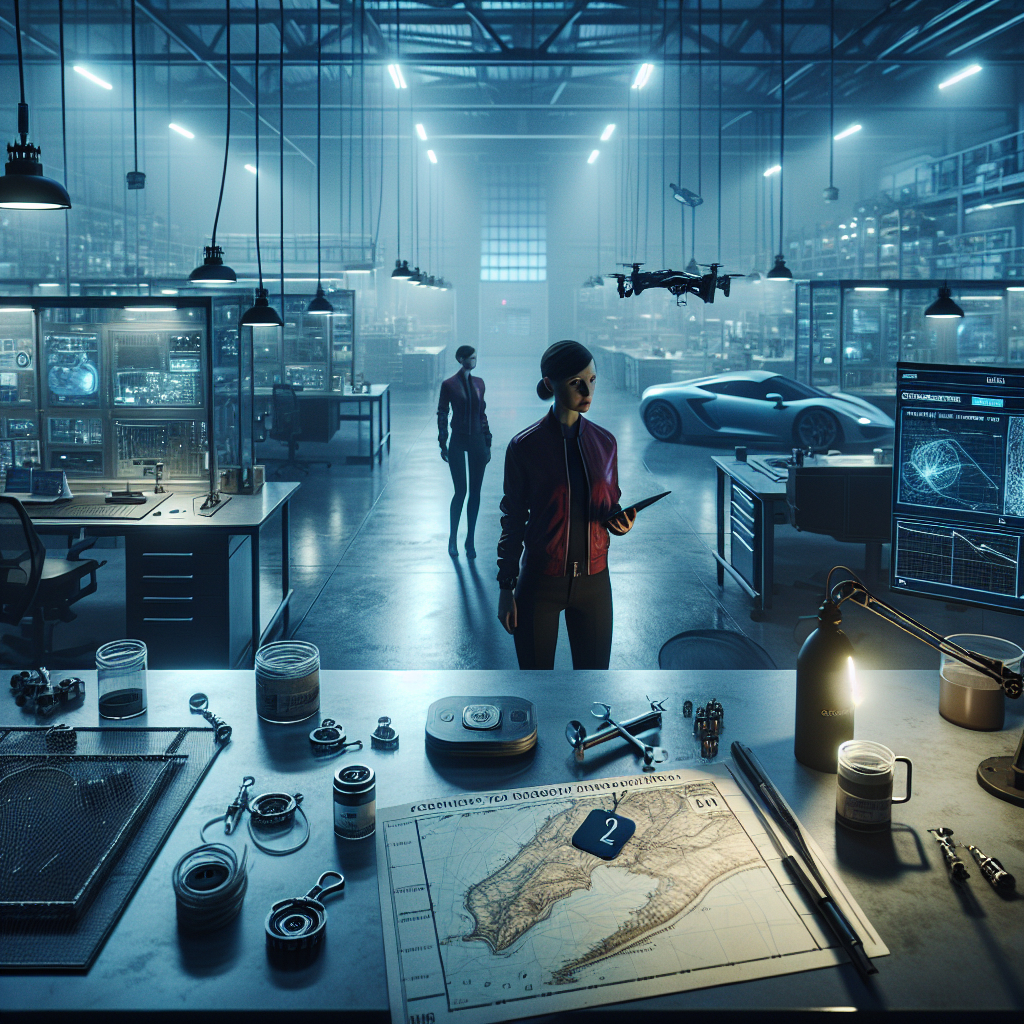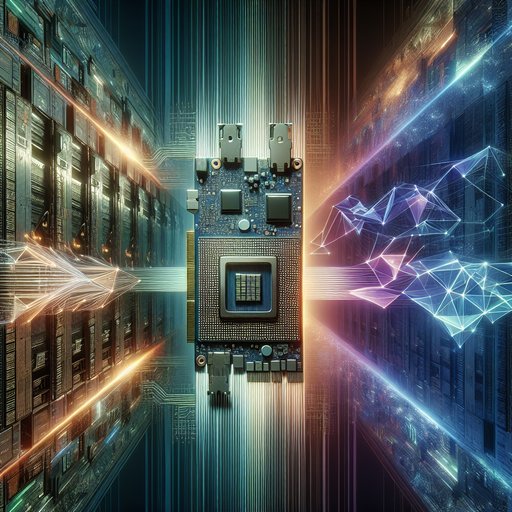
Graphics processors began life as helpers to the CPU, moving pixels across the screen and accelerating windowed desktops. Over three decades, careful architectural changes and a maturing software stack turned them into the dominant parallel compute engines of our time. NVIDIA’s CUDA platform unlocked general-purpose programming at scale, and deep learning quickly found a natural home on this throughput-oriented hardware. At the same time, cryptocurrency mining exposed both the raw performance and the market volatility that massive parallelism can unleash. Tracing this path illuminates how a once-specialized peripheral became central to scientific discovery, modern AI, and even financial systems.
The GPU’s trajectory matters because it shows how engineering constraints can redirect the entire course of computing. Display adapters were once narrowly optimized for bitmaps and scan-out, yet the relentless demand for realism in games created hardware that excelled at doing many simple operations in parallel. That same skill set—high memory bandwidth, fast context switching, and massive concurrency—maps cleanly onto linear algebra. As a result, GPUs became the default engine for workloads as varied as training neural networks, accelerating scientific simulations, and, for a time, mining cryptocurrencies.
Their rise also reshaped supply chains, data center design, and programming models across the industry. Early PCs relied on simple display adapters like IBM’s MDA and CGA in the 1980s, later standardized around VGA for analog output. As graphical user interfaces spread, vendors such as S3, Matrox, and ATI built 2D accelerators that sped up BitBLT, line drawing, and video overlay. The Accelerated Graphics Port in the late 1990s improved throughput between CPU and graphics memory, enabling richer scenes.
These designs still followed a largely fixed-function model: the card executed a narrow set of graphics tasks very fast, with little room for general computation. The push for 3D realism changed the equation. 3dfx’s Voodoo popularized consumer 3D acceleration in the mid-1990s, while APIs like OpenGL and Direct3D codified a pipeline that hardware could implement efficiently. NVIDIA’s GeForce 256 in 1999 integrated hardware transform and lighting and introduced the “GPU” moniker, reflecting a broader role than mere display.
DirectX 8-era programmable shaders allowed developers to supply small programs to run per-vertex and per-pixel, and DirectX 10-era unified shaders, debuting with NVIDIA’s G80 (GeForce 8800) in 2006, blurred fixed-function lines into a large pool of general arithmetic units. The result was a highly parallel processor array with a memory hierarchy that, while tuned for graphics, was increasingly usable for other data-parallel tasks. Researchers quickly explored general-purpose computation on this new substrate, first by contorting shader languages and then by building purpose-made tools. Projects like BrookGPU from Stanford demonstrated that many scientific kernels could map onto graphics pipelines, highlighting the latent compute potential.
In 2006 NVIDIA introduced CUDA, a C-like programming model that exposed threads, blocks, and a memory hierarchy explicitly designed for throughput. CUDA shipped with optimized libraries such as cuBLAS and cuFFT, giving developers high-performance building blocks. OpenCL followed in 2008 as a vendor-neutral standard, and over time Vulkan compute, DirectCompute, and Metal rounded out cross-platform options. Deep learning cemented the GPU’s role in high-performance computing.
In 2012, the AlexNet convolutional neural network was trained on NVIDIA GPUs using CUDA-based code, achieving groundbreaking ImageNet results and demonstrating that backpropagation and convolutions thrive on GPU parallelism. NVIDIA’s cuDNN library, introduced in 2014, standardized high-performance primitives for neural networks and became a critical dependency for frameworks like TensorFlow and PyTorch. Hardware co-evolved: Volta’s V100 (2017) added Tensor Cores for mixed-precision matrix math, later expanded in Ampere’s A100 (2020) and Hopper’s H100 (2022) with BF16 and FP8 support and the Transformer Engine for automated precision management. Multi-GPU training scaled via NCCL for collectives and high-speed interconnects like NVLink and NVSwitch, enabling single-node and multi-node clusters to train ever-larger models.
Data center GPUs became systems as much as chips, with packaging, memory, and interconnects designed for sustained AI workloads. High Bandwidth Memory (HBM2 and HBM3) delivered massive on-package bandwidth to keep thousands of cores fed, while SXM modules and dense baseboards optimized power and thermals. Features like Multi-Instance GPU (MIG) on Ampere partitioned a single accelerator into isolated slices, improving utilization for mixed workloads. NVIDIA’s DGX and HGX designs provided reference blueprints for vendors and clouds, while containerized drivers and CUDA-compatible runtimes simplified deployment at scale.
AMD advanced an alternative stack with ROCm and HIP on accelerators like MI200 and MI300, and portability layers such as OpenCL and SYCL broadened choice for heterogeneous computing. Consumer demand told a parallel story in cryptocurrency. Early Bitcoin mining began on CPUs, but by 2010 GPUs dominated due to far superior throughput on SHA-256 workloads, with some AMD Radeon cards excelling thanks to efficient integer pipelines. Specialized ASICs displaced GPUs for Bitcoin by 2013–2014, but Ethereum’s memory-hard Ethash kept GPUs relevant until the network’s 2022 transition to proof of stake.
Mining booms in 2017 and again in 2020–2021 tightened GPU supply, prompting measures like “Lite Hash Rate” variants and influencing pricing and availability for gamers and researchers alike. These cycles highlighted how a single application class can swing an entire hardware market when the commodity is parallel compute. The programmability story explains much of the enduring shift from graphics to general computing. CUDA’s consistent APIs, evolving math libraries, and tooling made it practical to port scientific codes and machine learning kernels without hand-writing shader code.
Vendor-neutral options ensured that researchers and enterprises could hedge bets, even as much of the deep learning ecosystem standardized on CUDA and cuDNN for performance. Interoperability standards like ONNX helped model portability across runtimes, while compilers and DSLs, including TVM and Triton, generated kernels tailored to GPU architectures. Meanwhile, NVIDIA’s 2016 introduction of NVLink and subsequent NVSwitch enabled coherent high-bandwidth fabrics that let multiple GPUs behave like a single large accelerator for data-parallel and model-parallel training. The result is a general-purpose engine whose capabilities far exceed its original remit.
GPUs now anchor exascale-class simulations, power real-time inference for speech and vision, and accelerate data analytics pipelines across public clouds. Their evolution also taught the industry that software ecosystems can be as decisive as silicon, and that memory bandwidth and interconnects are first-class performance features. Announcements such as NVIDIA’s 2024 Blackwell architecture, which extends mixed-precision support and advances transformer-centric training, underscore how closely hardware tracks modern AI workloads. From early frame buffers to multi-petaflop accelerators, the GPU’s ascent shows how targeted innovation, coupled with accessible programming models, can transform a specialized coprocessor into the backbone of contemporary computing.




